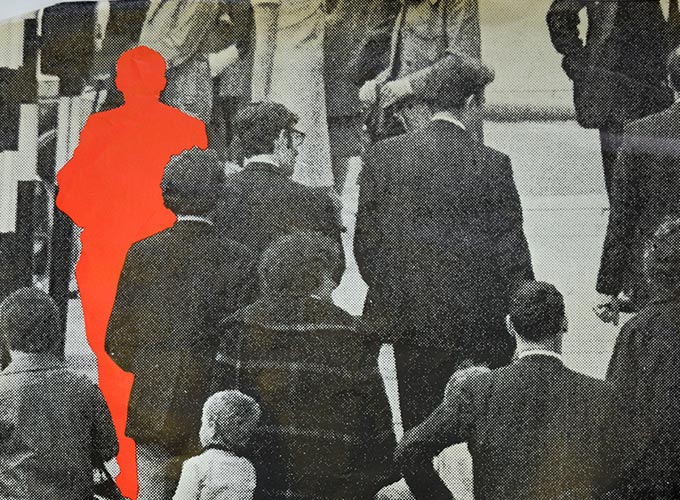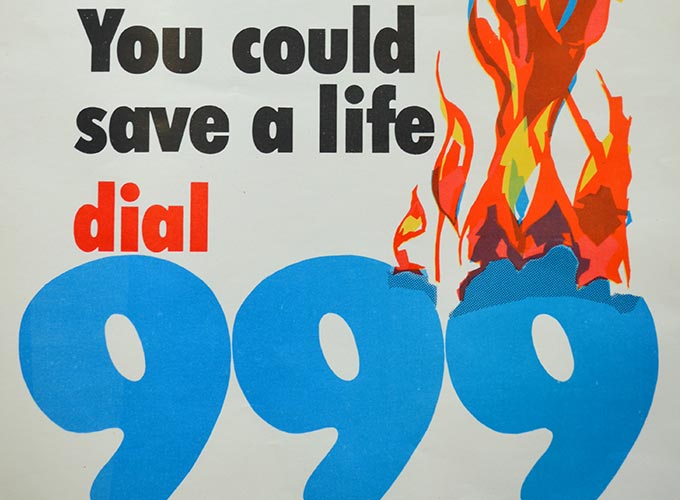Description
Posters warning of the danger of firebombs. During the 1970s, the British army and the Royal Ulster Constabulary (RUC) increased security measures to reduce the number of bomb attacks. Security gates and parking restrictions in town centres, border controls and checkpoints made it more difficult for terrorists to source bomb-making materials and to transport bombs. The Provisional Irish Republican Army (PIRA) adapted to the security measures by making a new type of device, the incendiary bomb.
From 1976, cassette incendiaries were used to attack properties. These small devices were simple to construct and easily concealed from searchers. Small amounts of highly flammable household chemicals were placed in a cassette case or cigarette packet with a detonator, battery and timer. The device was planted in an office or shop and when detonated created an intense fireball. These devices were used to target commercial properties in towns and cities in Northern Ireland and caused £50 million worth of damage. A second form of incendiary was introduced in 1976. The blast incendiary contained a small explosive charge attached to a gallon can of petrol. These devices created a raging fire that caused severe structural damage. During 1977 and 1978 there were 600 incendiary and blast incendiary attacks on commercial properties including shops, offices, cinemas and hotels. On the 17th February 1978 the La Mon Hotel on the outskirts of Belfast was hosting various functions including the Northern Ireland Collie Club and the Northern Ireland Junior Motorcycle Club. The PIRA attached two blast incendiaries to the security grills outside the function room windows. The bombs caused a fireball that roared through the crowded building killing 12 and seriously injuring 23. Widespread condemnation of the La Mon bombing resulted in a decline in the use of incendiary devices.



